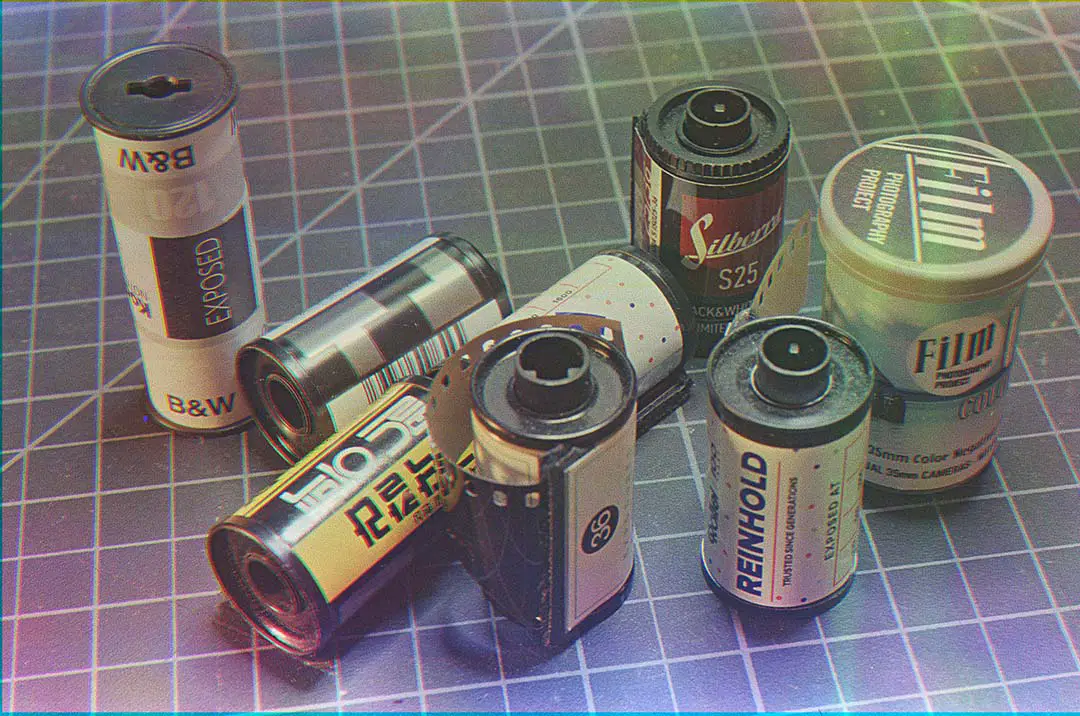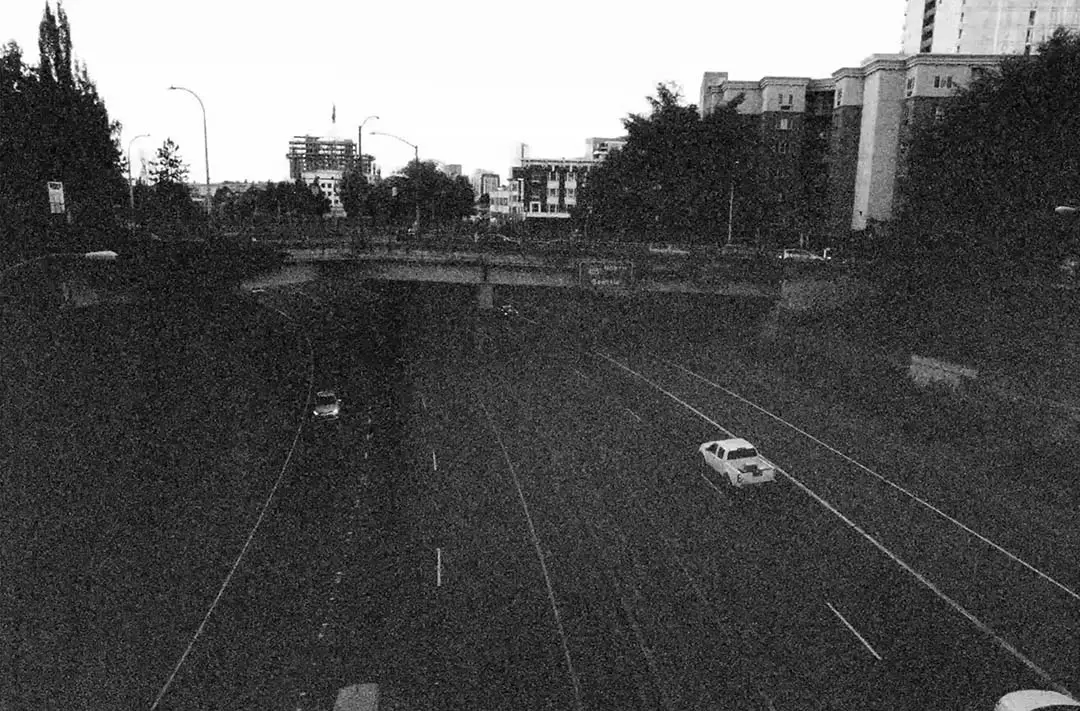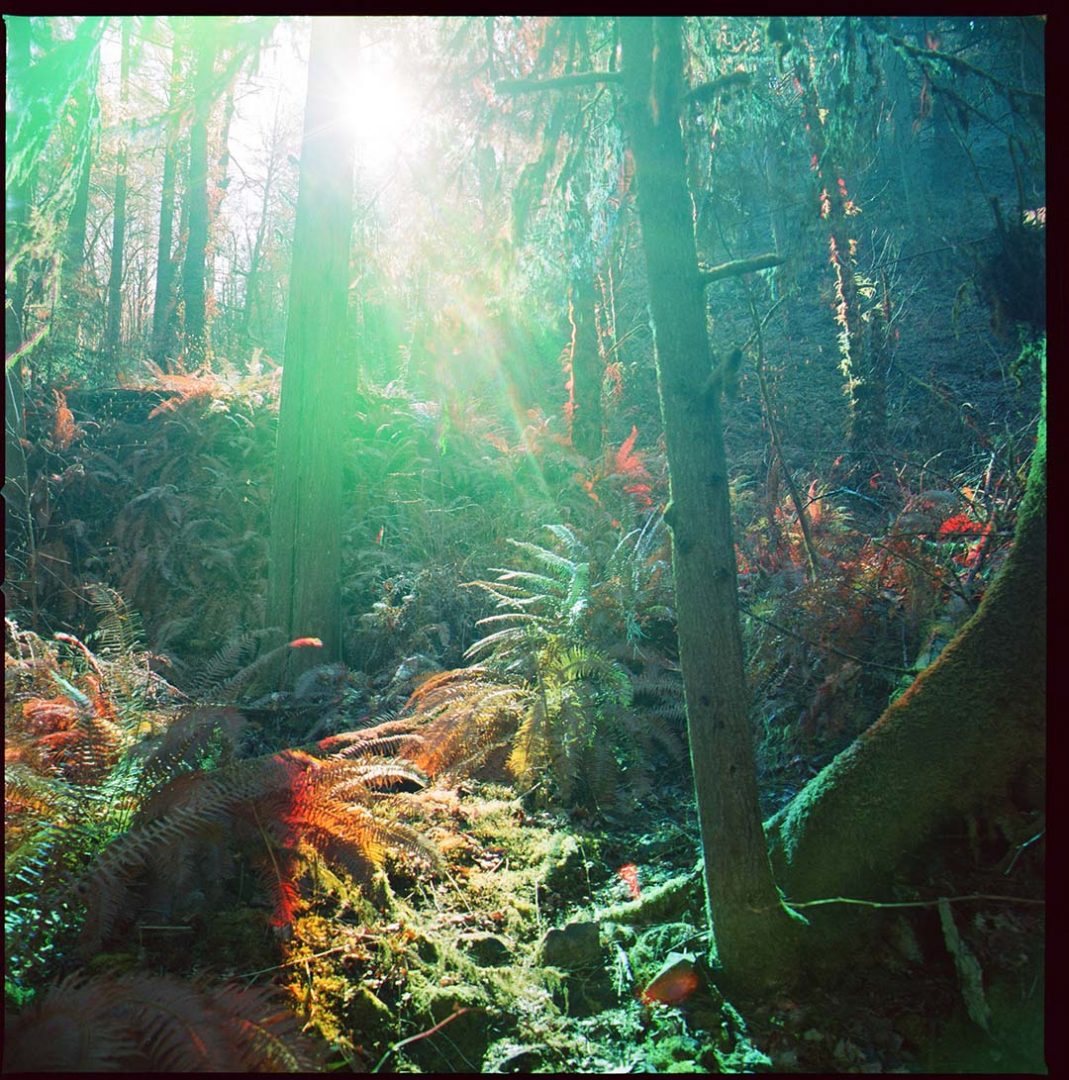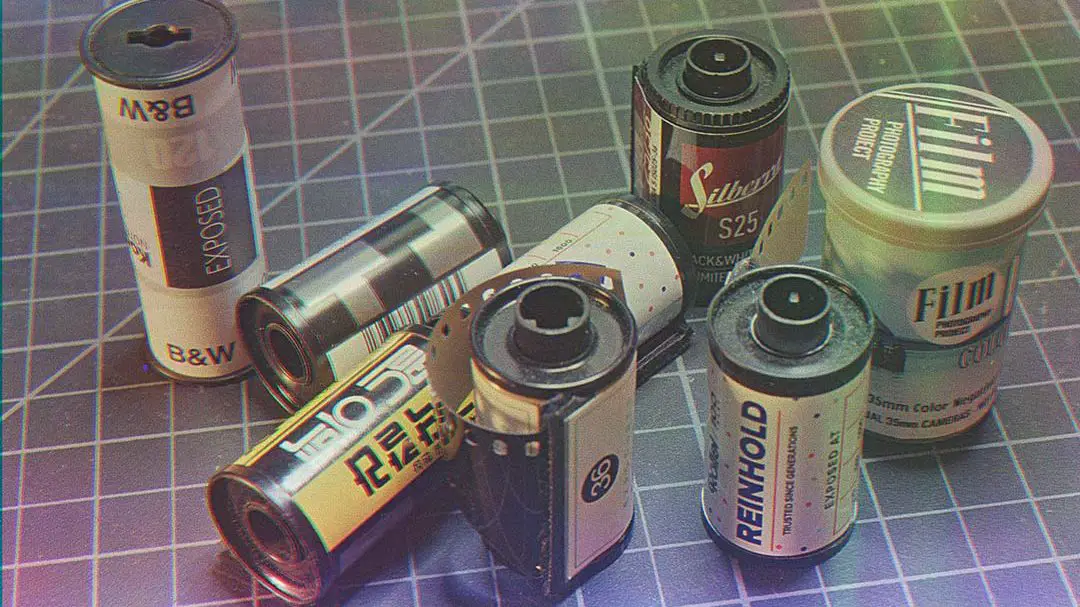
Have you ever woken up and asked yourself, ‘what would happen if I shot Ilford Pan F at ISO 3200?’ Or ‘how much time could I save by developing HP5 in boiling water?’ Me neither.
Luckily, someone out there is asking these tough questions and making the world better by giving us the answers we need deserve. His name is Shawn, and he’s been creating videos on a binge-able Youtube channel called Attic Darkroom.
Shawn started the channel in late 2020 after finding that the videos he enjoyed the most were the ones where photographers experimented with film, rather than just reviewing gear.
“I also consume a lot of other YouTube Channels, and so I kind of know what’s out there. And what I always liked about other channels is how they would do experiments like this, and where someone would say ‘hey, I cross-processed something’ and I would get excited, and take a look in the comments and other people would get excited, too,” he said. “The next video is the same thing, where they just review a piece of gear, and they never go back to it.”
So he started a channel where he would do the craziest experiments he could think of, like developing color film in B&W chemicals, and then tri-chroming them to make a worse, but longer-lasting color image.
“There are so many variables that you can mess with on purpose, and so I had a bunch of film that I ruined, and I thought someone might be interested in this. So that’s why I started the channel.”

Attic Darkroom videos are filled with humorous advice about what not to do with film. But hidden underneath the constant ‘do as I say, not as I do,” dad-esque tone, you can find Shawn breaking every rule we were told we had to follow. Yet Shawn still comes out with Useable™ negatives — at least, most of the time.
“I was showing people the failures as well because I don’t want people to think I can just come out with banger ideas left and right and have all these awesome looking pictures. I want people to see ‘hey, I screw up all the time, here’s what I do to fix it and what I learned from it,’” he explained.
“I thought it was like a black and white thing, where it works or it doesn’t work. And that was what I was afraid of. But there is an in-between,” Shawn said. “What I’ve learned over time, is especially with B&W, you can get really lazy with the developing. I’m always off on my times and my temperatures, and my dilutions, but I don’t care because I’m still going to get a picture out of it.”
Sometimes, Shawn intentionally sets out to ruin film to test the limits. In one Attic Darkroom video, he attempted to reticulate film, but ran into some unexpected difficulty.
“I was always told ‘if you develop film a half a degree more, you’re going to reticulate it’ and I was always so mindful of it, and when it came time to actually try to reticulate it, I was like ‘okay, this should happen’ and then it didn’t. I’d get a little bit hotter, ‘okay, this should happen now,’ and then it still hadn’t happened yet and I don’t know what’s going on,” he laughed.
“Part of it also is that older emulsions from 50 years ago would reticulate a lot easier. This is something that unfortunately people have worked really hard to put R&D and time and money to fix, and they’re not getting credit for it.”
Shawn has been doing photography almost all of his life. He went to college for film making, and enjoys taking photos of changing landscapes around the city of Portland, Oregon.

He began his film photographer career back in 2013, after finding that to really enjoy photography, he needed a more hands-on approach. Using auto exposure features and Raw formats kept him from taking time with the photos.
“It wasn’t until after college that I bought my first DSLR and I started to actually take pictures and learn how that all functioned. I wasn’t really proud of the work, I was doing. It felt automated, and it wasn’t as much me in the photos as it could be,” he explained.
But that all changed with film photography. Now, he was in charge of every step of the process and literally would be getting his fingerprints on the images instead of just manipulating them on some ethereal application like Lightroom and Photoshop.
“If I screw up I screw up, it’s my fault. I can’t blame anything else. When I shoot digital, every time I made a mistake, I would always blame something. The camera, Photoshop, whatever. It finally took me a long time to realize it’s my fault, I need to learn how to fix all of this.”
Attic Darkroom is posting a new video on YouTube approximately every month. In each video, he finds new ways to experiment with and mess up film. This channel is perfect for new and experienced film photographers who want to learn more about how film works on a granular level.
Learn more about the channel on the Attic Darkroom website, or by subscribing to the channel on YouTube.


